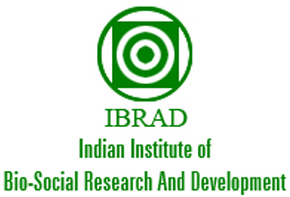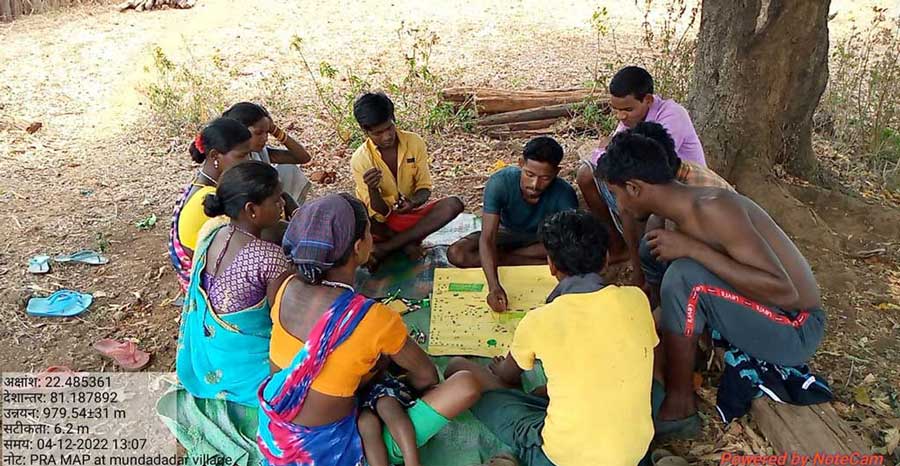Institution Building for Ecosystem Restoration
The decade 2021-2030 is declared as the Decade of Ecosystem Restoration by the United Nations with a goal to halt, prevent and reverse ecosystem degradation. Ecosystem restoration is essential to prevent the adverse effect of climate change. Without restoring the degraded ecosystems it is unlikely to achieve the Sustainable Development Goals by 2030.
The well being and survival of human being depends upon the ecosystems and their resilience. As they are the primary stakeholders, the inclusion of the community must be at the centre of the ecosystem restoration strategy. It has been increasingly realised and accepted globally that ecologically focused restoration approaches without recognising the human in nature will not yield the desired result.
IBRAD has initiated the process of Forest Ecosystem Restoration in the tribal landscapes of West Bengal, Odisha and Chhattisgarh by involving the local communities as the Change Agents.
Instead of considering the local communities as passive beneficiaries, they are empowered to be active partners in deciding how they would restore the degraded ecosystems within their area through micro plans, implementing the plans through collective actions and monitoring.
Forest mosaic landscape covers a host of interdependent ecosystems that co-exist with each other, different land uses and tenure rights like individual lands, common property resources, government-owned lands including forest lands with overlapping and also conflicting rights over a particular resource. Hence, ecosystem restoration has to take into account different interest groups and their rights over the ecosystems that need to be restored. It is extremely important to ensure the participation of the marginalised groups, those devoid of formal tenures or rights like the landless groups. Integrating only those who have formal rights as the resource owners often exclude women and youth from decision-making processes, access to training and other benefits.
The community institution building for ecosystem restoration is done following the seven sequential steps developed by IBRAD and is known as SAPTAPADI
- Conduction of introductory meeting at the village by involving the local forest department staff and the community and facilitating people to focus on the problem of degradation and their commitment to take collective actions for restoration. Identify some proactive Self-Initiated Community Organisers (SICO)
- Make a cohesive group of like-minded people of SICO as Common Interest Groups with clear rules and roles for the group and start some collective action
- Institution building with rules, roles and control mechanism of the group.
- Identification of the degree of degradation of different ecosystems through participatory processes by involving the community and forest front line staff, capacity building of the members to enable them to halt, prevent and reverse the process of degradation of the ecosystems in the form of continuous training
- Trade-off analysis by the community to choose the actions of interventions and preparation of the micro plan to restore the ecosystems, develop criteria for monitoring the health of the ecosystems
- Capacity enhancement of the community institution to reach different government departments, institutions for convergence of resources, information and services for implementation of the micro plan
- Developing new rituals for socialisation and sustaining the initiatives through intergenerational transmissions.




